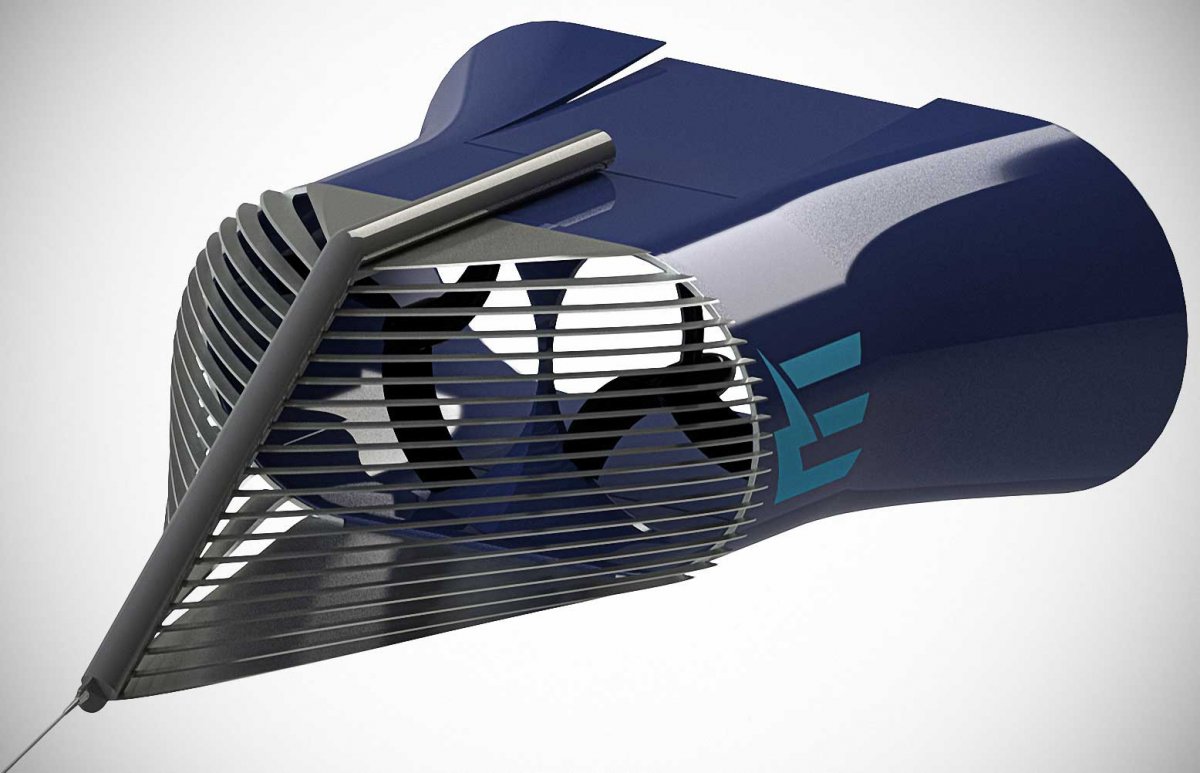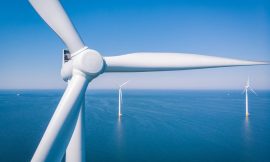Hydropower accounts for only three to four percent of gross electricity consumption in Germany, which could be doubled or even tripled with a mix of measures. This includes building additional plants or modernizing existing ones, but the approval processes in Germany are complicated and lengthy, with environmentalists and authorities resisting concerns that fish will die in the turbines or that watercourses become ponds because of dams.
However, there are definitely ways of building river power plants in a fish-friendly way. Energyfish, for instance, advertises that no additional dams are needed, and its turbines, camouflaged as tree trunks and drifting just below the surface of the water, have an output of six kilowatts, enough for three households. In the Rhine near St. Goar, a local initiative has already got the first floating current buoys floating, with rakes intended to prevent fish from being harmed.
Doro Turbinen from Graz has developed a small hydroelectric power station that can be placed in rivers in a standard container, with rakes intended to allow fish to pass unhindered, at least downstream. Meanwhile, researchers at Cologne Technical University are working on the Rhine sharing project, relying on the shape of a diabolo for their turbine, with a narrowed middle point to achieve the highest possible flow rate.
In 2025, a research power plant with a gigantic paddle wheel is to go into operation on this Aller weir at the Bannetze lock, intended to make hydropower efficient even with low heads. Instead of maximum performance, it is trimmed to work as steadily as possible, filling up individual chambers and being pulled down by gravity at only 1 to 4 revolutions per minute.
Overall, there are many fish-friendly river power plant projects underway, each with its own unique approach. As the potential of hydropower in Germany is still largely untapped, it is crucial to continue exploring these options to increase the country’s hydropower capacity.



